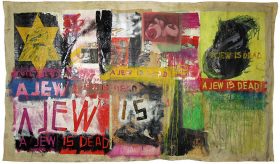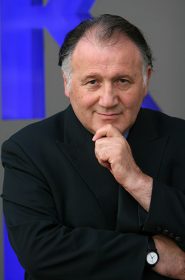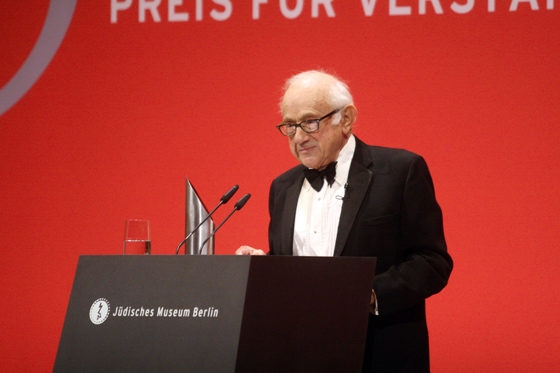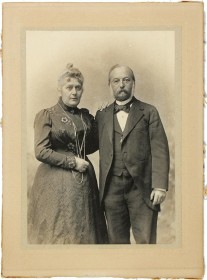A Conversation with Peter Weibel about whether Boris Lurie Should Be Seen as a Part of the Ultra-realist Neo-avant-garde, and Pornography as a Metaphor for Capitalist Society

Boris Lurie, “A Jew is dead,” 1964; Boris Lurie Art Foundation, New York, USA
Mirjam Bitter, blog editor: As part of the program accompanying our Boris Lurie retrospective, you’ll be giving a lecture at the Jewish Museum Berlin on 30 May 2016 on the subject of “The Holocaust and the Problem of Visual Representation,” (further details of which can be found in our events calendar). Is this tied up with the idea that the Holocaust is a major theme in Lurie’s work?

Peter Weibel
© ONUK
Peter Weibel: The Holocaust, along with war, Hiroshima, and Nagasaki were pivotal traumatic experiences for the post-Second World War neo-avant-garde. Take, for example, Yves Klein’s painting “Hiroshima” (1961) or Joseph Beuy’s environment “Show Your Wound” (1974–1975). Many artists responded to the inhumanity they had witnessed by calling into question humanity and indeed, civilization itself: Why, they asked, had literature, painting, music, and philosophy been unable to prevent this twentieth-century barbarism? → continue reading
2 February, 1926 – 18 May, 2016

Fritz Stern
Fritz Stern, born in 1926 in Breslau, passed away on 18 May 2016 in the United States.
The Jewish Museum Berlin mourns the loss of one of its winners of the Prize for Understanding and Tolerance and a member of the Advisory Board for the permanent exhibition.
Jewish Museum Berlin
The whole team

Emanuel and Johanna Stern, ca. 1903; Jewish Museum Berlin, gift of Alexander Summerville
Just over two years ago, I penned a blog text describing a Passover Haggada that I had purchased online. It caught my attention due to the lists of names written on the inside front and back covers of individuals who attended the Passover Seders over the course of seven years that were held in two residences in Berlin, both of which were in close proximity to the Jewish Museum Berlin. Research revealed a substantial amount of information about various persons named therein and my text concluded with the hope that contact might be established with descendants of some of those found in the lists.
At the end of March of this year, I flew to Stockholm to visit Alexander Summerville, the great grandson of Paul Aron, in whose home in the Hedemannstraße 13/14 Passover Seders took place in five of the years for which lists exist in the Haggada. → continue reading



